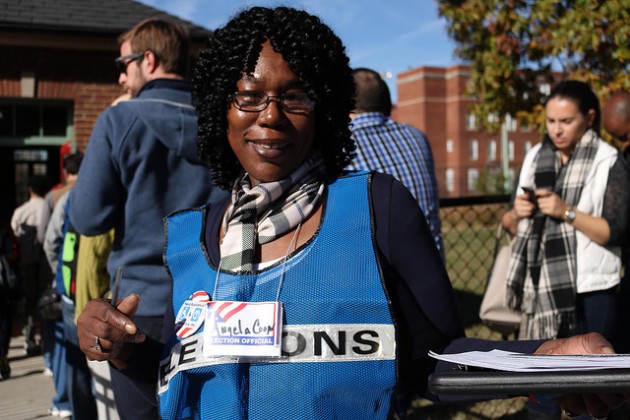Females endure many hardships both mentally and physically. Some females especially face difficulties dealing with the latter. Research over the past decade has shown that more and more women of color are beginning to acquire food-related diseases that, previously, were only associated with white women.
A 1994 study by Essence Magazine based on 2000 women, concluded, that, African American women were are at risk and suffer from eating disorders in at least the same proportion as white women.
Moreover, in July 2000, BBC reported a study of female secondary students in rural Ghana which found that six out of 668 subjects showed signs of anorexia. These are not extraordinary numbers, but, these numbers do represent that the disease is not just restricted in Western civilization.
Bulimia is out-of-control binge eating followed by purging. Purging happens by means of self-induced vomiting or by misuse of laxatives, diuretics, or enemas. Non-purging methods include, fasting or engaging in excessive exercise.
Anorexia is a self-imposed starvation. It is a serious, life-threatening disorder which usually stems from underlying emotional causes. People with anorexia are obsessed with food, but, they continually deny their hunger. Both eating disorders cause severe medical problems and can even lead to death.
The signs of both bulimia and anorexia involve a distorted body image. People who suffer from either disorder will believe they are bigger than they really are. This is particularly true of bulimics. Women struggling with anorexia will intentionally starve themselves and endure extreme weight loss from strict dieting.
It appears that women of color are stuck between a rock and a hard place. Should women of color maintain their voluptuous physiques, or, conform to western European ideologies of women, which in turn, could translate into resembling a #2 pencil.
According to South Carolina Department of Mental Health, one in 200 American women suffer from anorexia and two to three persons for every 100 American women suffer from bulimia. There are no reliable statistics on the prevalence of eating disorders among women of color, according to the National Eating Disorders Association.
However, a study presented at the 2002 International Conference on Eating Disorders showed that women of color have many of the same abnormal eating patterns as white females.
Gayle Brooks, a black psychologist specializing in eating disorders at the Renfrew Center in south Florida, feels this is due to the fact that
*minority and poor women don’t fit the profile, so doctors and therapists often fail to assess them properly for eating disorders.
* Education efforts haven’t been directed toward ethnic groups, so family and friends often miss the early signs.
* For some poor women, it may be hard to get adequate treatment
However, Stephen Thomas, director of the Center for Minority Health at the University of Pittsburgh, believes that anorexia will be an unintentional result of America’s desire to promote healthy weight as the nation is becoming more aware of its obesity problem.



